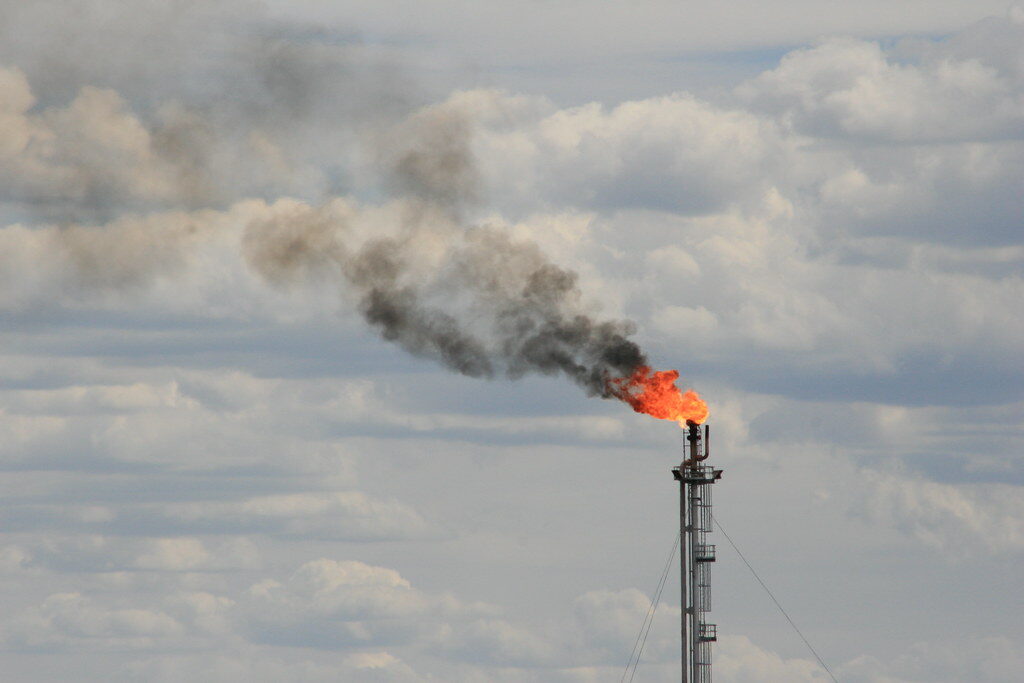Australia faces both an escalating climate crisis and rising costs of living. Importantly, we can tackle both challenges at the same time in the best two-for-one deal Australians will ever see.
Electrifying our homes and improving their efficiency will lower energy bills and emissions, while smoothing Australia’s pathway to a grid powered by more renewable wind and solar energy.
Find out how much you could be saving with our bill savings simulator here
To play our part in tackling the climate crisis and limiting future harms, Australia’s emissions need to plummet this decade. This means moving beyond fossil fuels like coal and gas as soon as possible. We can do this by electrifying as many things as we can, and supplying as much energy as possible from renewable sources. Cutting our energy use at the same time by making our houses and the appliances within them more efficient in the way they use electricity is also an important part of the picture.
In Climate Council’s 2022 report Switch and Save, we showed that households can save on energy bills, make their homes healthier and help cut emissions by switching from polluting gas appliances to modern electric alternatives. In this report we look closely at the important role that efficiency will play with electrification in Australia’s energy transformation.
Historically, discussions on climate change and energy have focussed far more on changing the way we produce and source energy – that is, shifting away from fossil fuels to renewable energy – than on using energy more wisely by improving efficiency. In reality, both are essential. In fact, the International Energy Agency has described energy efficiency as “the first fuel” for the important role it will play in ensuring energy remains reliable, stable and affordable as we rapidly increase the uptake of renewables (International Energy Agency, 2019).
In short, we want the best possible energy performance: by using the cleanest and most affordable power source – renewable electricity – in the most efficient way.
By switching out gas heating and cooking for electric alternatives, and replacing petrol and diesel forms of transport for electric vehicles including trains and buses we will need to source higher amounts of electricity than we use today, and upgrade our transmission and distribution networks. If we adopt efficiency measures, and become smarter about how and when we use electricity, then we can reduce the amount of new electricity infrastructure required around the country – even as we move to electrify everything. Using the existing network infrastructure more efficiently can also lower costs for all homes and businesses.
The cost of building and maintaining transmission and distribution networks – often referred to as the ‘poles and wires’ – accounts for around half our electricity bills. By reducing new electricity infrastructure requirements through greater efficiency we can make our energy more affordable for everyone, as well as making Australia’s energy transformation more manageable and achievable.
This report explores a range of readily available measures for electrifying homes and improving efficiency together, and highlights how governments can support all Australians to benefit from the switch. Through these improvements, households will unlock bill savings, cut emissions and help secure a cleaner energy grid. That’s a good deal.
Report Key Findings
- Too many Aussie homes rate poorly on energy performance, which means they are more expensive to run, unhealthier for those living in them and unnecessarily add to our climate challenge.
- Electrifying our homes and improving their energy efficiency is one of the best two-for-one deals Australians will ever experience, as it helps people with the rising costs of living while cutting our carbon pollution.
- There are affordable and practical ways for everyone to improve the energy performance of their home whether they rent, own, are building, or live in social housing.
- All levels of government – federal, state and local – need to step in and work together to make sure that all Australians can benefit from better energy performance in their homes, as the cost of living crisis continues to bite.











